|
Flexible NetFlow
|
12.2(33)SRC
12.2(50)SY
12.4(9)T
15.0(1)SY
15.0(1)SY1
Cisco IOS XE Release 3.1S
|
Flexible NetFlow is introduced.
Support for this feature was added for Cisco 7200 series routers in Cisco IOS Release 12.2(33)SRC.
The following commands were introduced or modified:
cache (Flexible NetFlow),
clear
flow
exporter ,
clear
flow
monitor ,
clear
sampler ,
collect
counter ,
collect
flow ,
collect
interface ,
collect
ipv4 ,
collect
ipv4
destination ,
collect
ipv4
fragmentation ,
collect
ipv4
section ,
collect
ipv4
source ,
collect
ipv4
total-length ,
collect
ipv4
ttl ,
collect
routing ,
collect
timestamp
sys-uptime ,
collect
transport ,
collect
transport
icmp
ipv4 ,
collect
transport
tcp ,
collect
transport
udp ,
debug
flow
exporter ,
debug
flow
monitor ,
debug
flow
record ,
debug
sampler ,
description (Flexible NetFlow),
destination ,
dscp (Flexible NetFlow),
exporter ,
flow
exporter ,
flow
monitor ,
flow
platform ,
flow
record ,
ip
flow
monitor ,
match
flow ,
match
interface (Flexible NetFlow),
match
ipv4 ,
match
ipv4
destination ,
match
ipv4
fragmentation ,
match
ipv4
section ,
match
ipv4
source ,
match
ipv4
total-length ,
match
ipv4
ttl ,
match
routing ,
match
transport ,
match
transport
icmp
ipv4 ,
match
transport
tcp ,
match
transport
udp ,
mode (Flexible NetFlow),
option (Flexible NetFlow),
record ,
sampler ,
show
flow
exporter ,
show
flow
interface ,
show
flow
monitor ,
show
flow
record ,
show
sampler ,
source (Flexible NetFlow),
statistics
packet ,
template
data
timeout ,
transport (Flexible NetFlow).
|
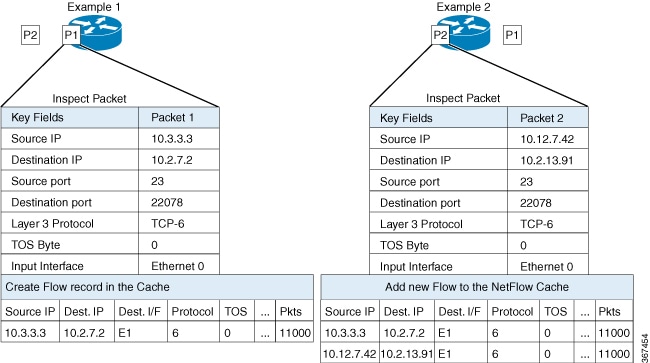
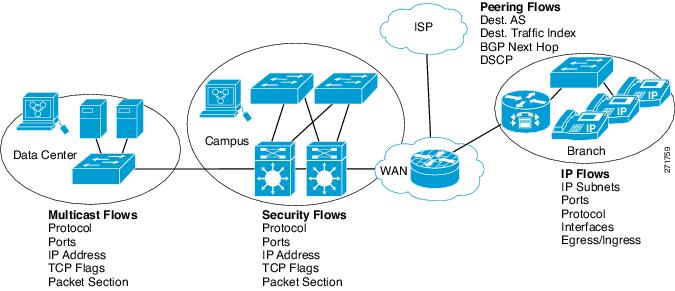

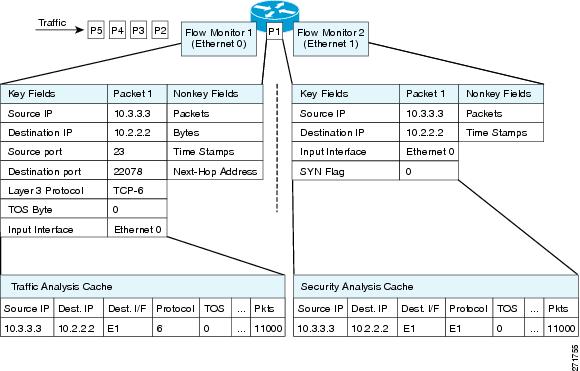
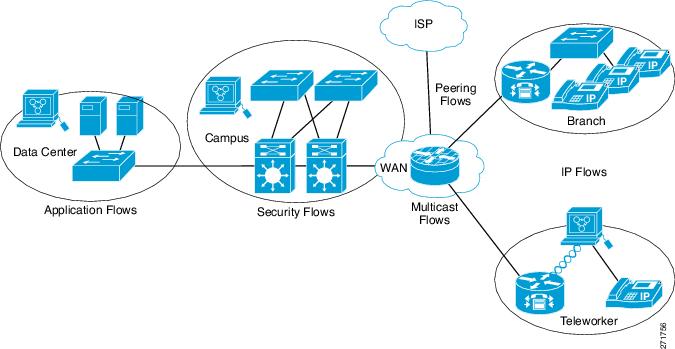


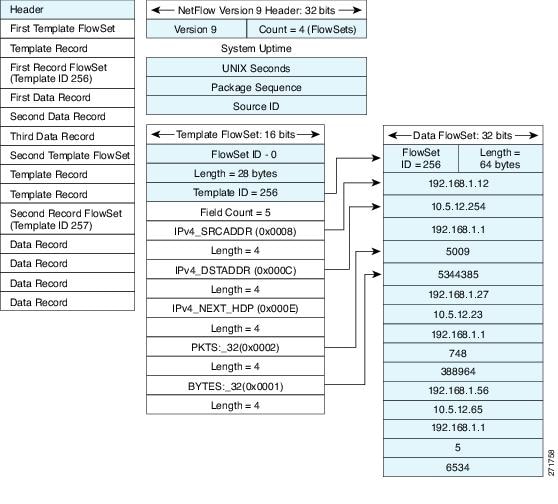

 Feedback
Feedback